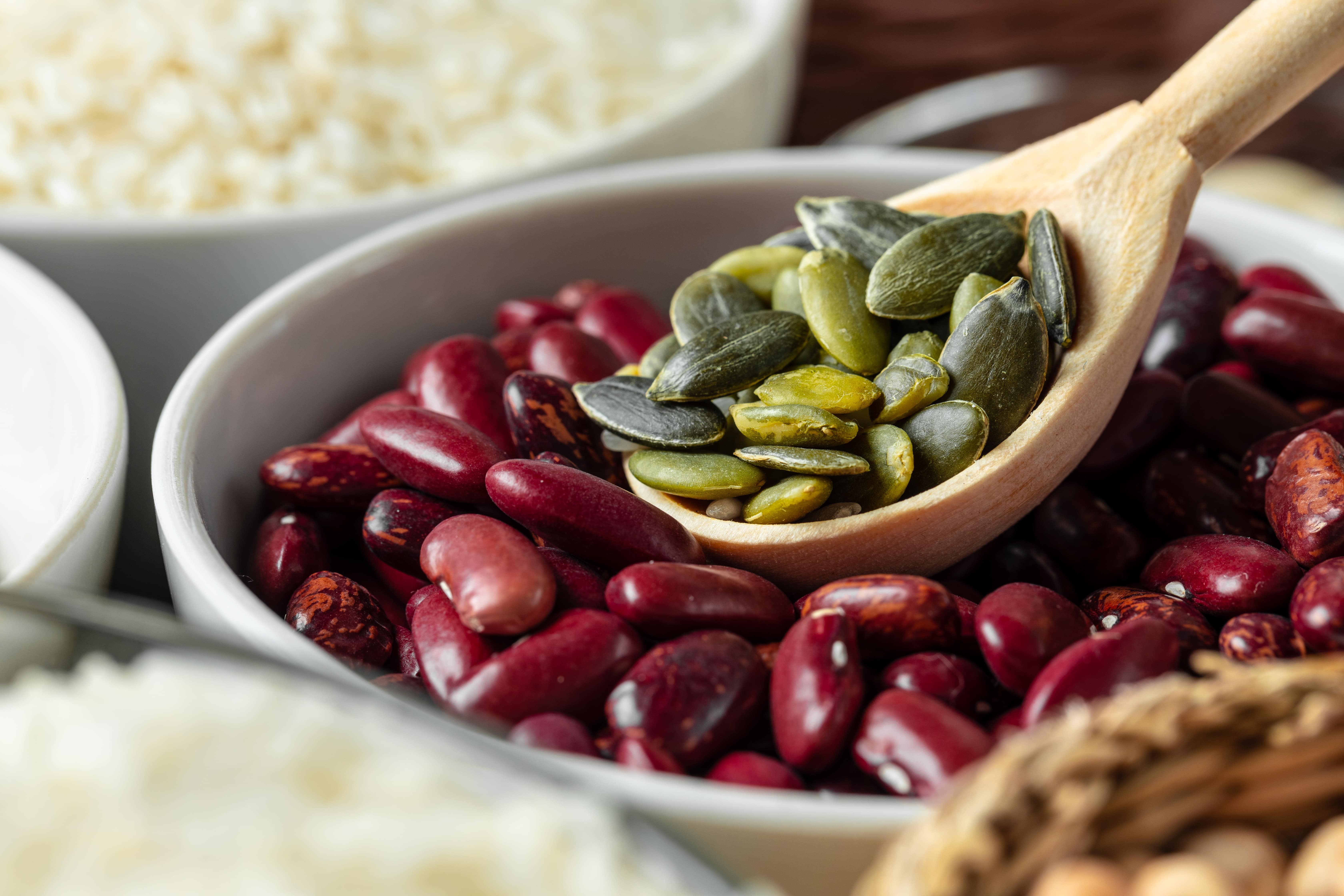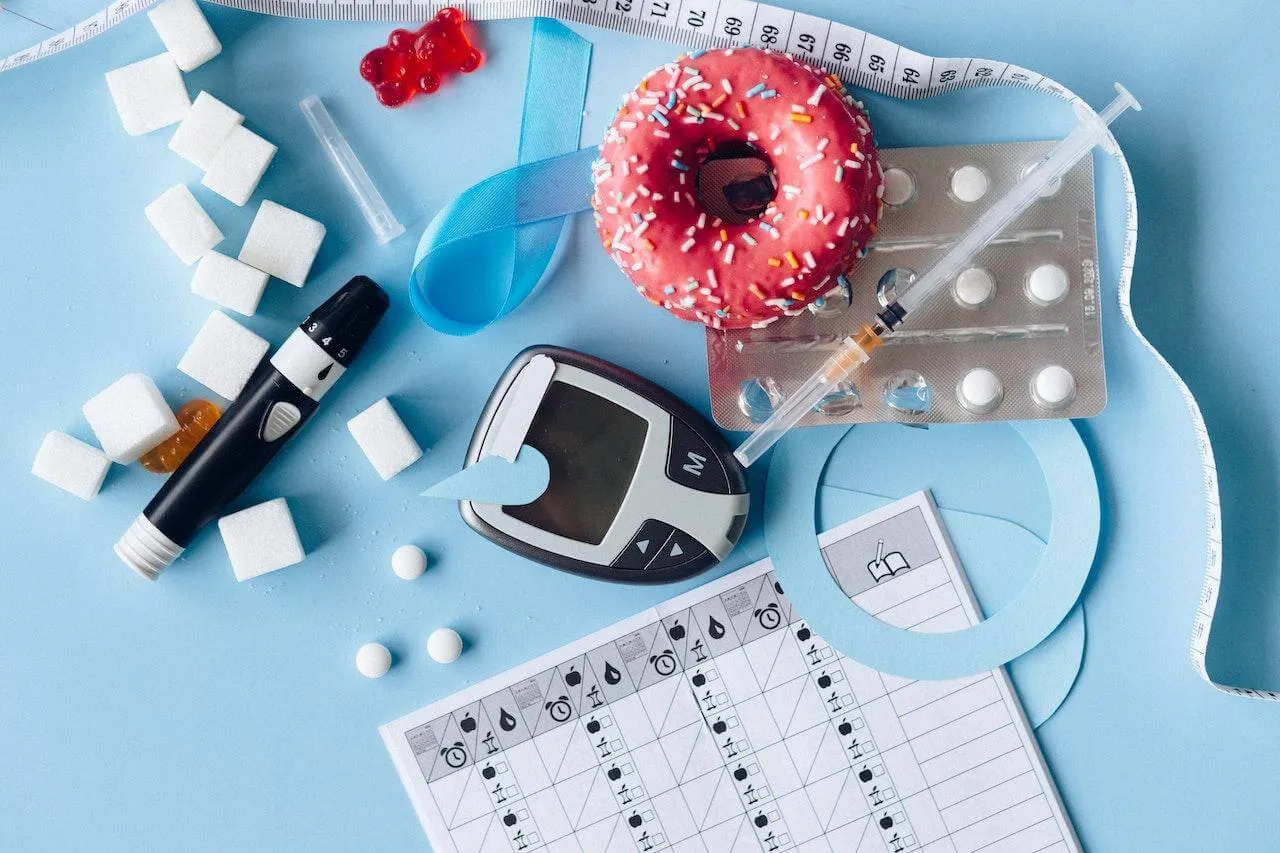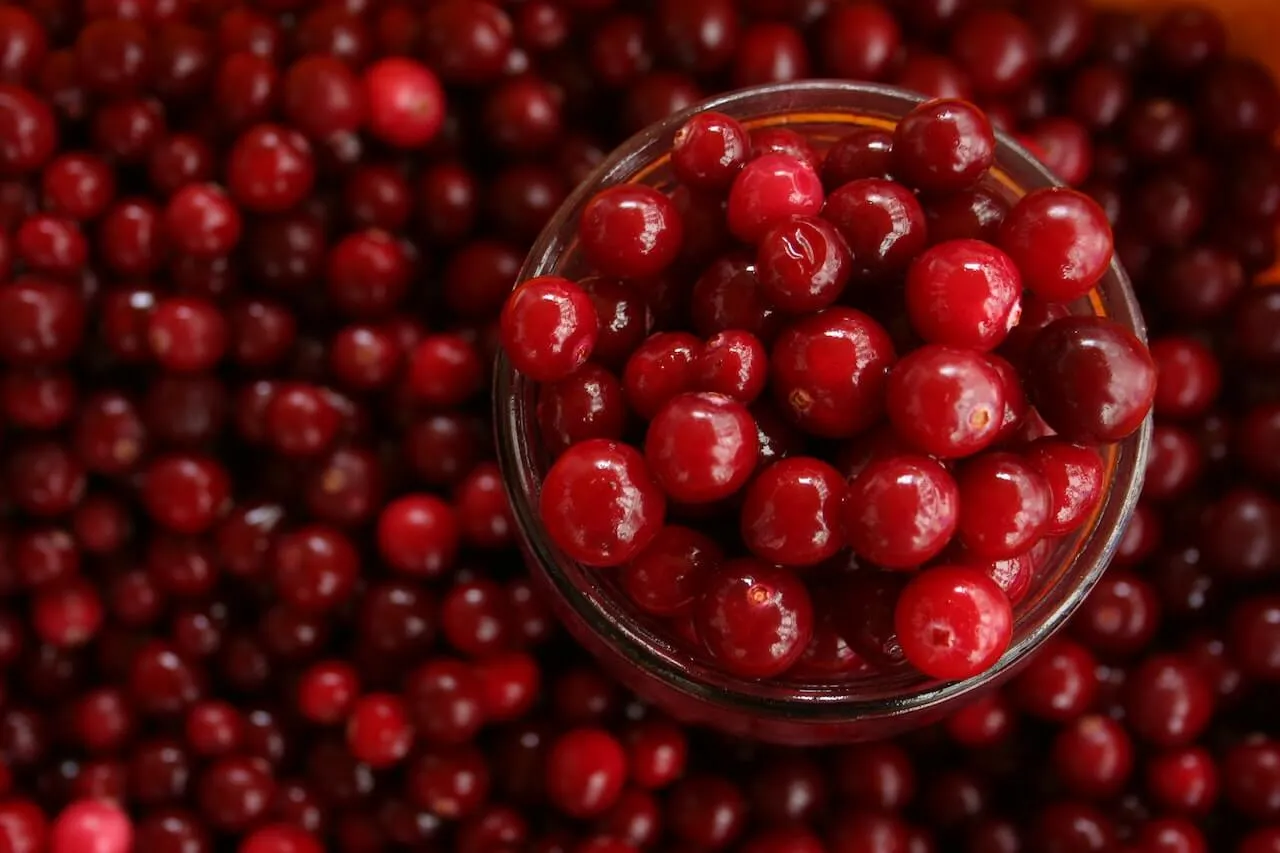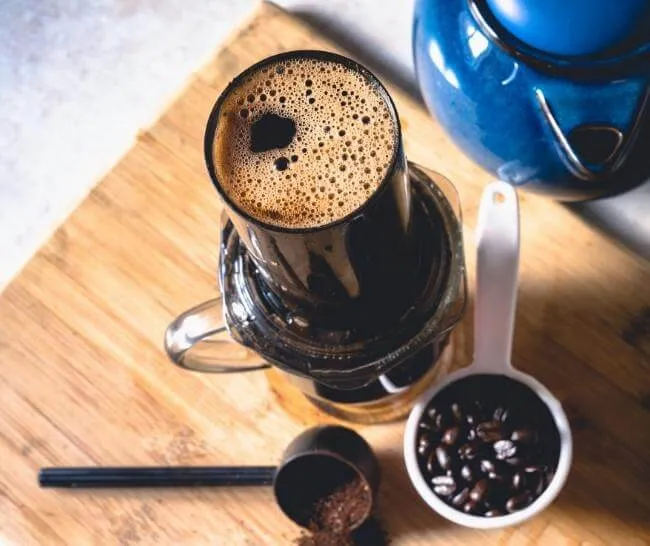Key Takeaways
- Muscle mass supports healthy blood glucose control, bone health, and metabolism.
- Dietary protein becomes especially important during perimenopause and menopause, when hormonal changes increase muscle loss.
- Prioritizing high-quality protein at each meal can help protect muscle mass, support strength, and promote healthy aging.
{{mid-cta}}
Muscle isn’t just about looking toned or hitting a PR at the gym. It’s your body’s metabolic engine. More muscle means more calories burned at rest, steadier glucose control, and stronger resilience as you age.
Here’s the catch: most women don’t eat nearly enough protein to protect muscle, especially when hormones start shifting in midlife. And that’s a problem, because once muscle loss kicks in, metabolism slows, strength fades, and everyday energy takes a nosedive.
This isn’t about meeting a bare-minimum requirement. It’s about getting enough high-quality protein, at the right times, to keep your muscles (and your metabolism) working for you, not against you.
Let’s break down why women lose muscle faster with age, how protein fights back, and how to actually get enough every day.
Why Women Lose Muscle Faster With Age

Everyone loses muscle over time, but for women, the slope is steeper. The culprit? Hormone shifts.
During perimenopause and menopause, levels of estradiol, a form of estrogen, drop significantly.1,2 And estradiol isn’t just a “reproductive hormone.” It’s a metabolic powerhouse that literally talks to your muscles. Your skeletal muscle fibers have receptors for estradiol. When it’s present, it binds, sparks repair, and keeps those fibers strong.
One of estradiol’s biggest jobs: activating satellite cells, the stem cells of muscle.3 These are the repair crew that jump into action after a workout or any muscle damage, rebuilding tissue and keeping strength intact.1 When estradiol falls, satellite cells get sluggish, inflammation rises, and your ability to rebuild muscle slows. Translation: more breakdown, less repair.
This shift doesn’t happen in isolation. It’s usually paired with:1
- Rising visceral fat (the type wrapped around organs that drives insulin resistance)
- Higher osteoporosis risk from declining bone density
- Changes in body composition that stack the odds toward fat gain and muscle loss
Together, these changes set the stage for sarcopenic obesity, a combo of low muscle and higher fat that wrecks metabolic health, weakens your body, and makes glucose control a daily battle.
The bottom line? Losing muscle isn’t just about feeling weaker. Lean muscle is metabolically active tissue; it burns more calories at rest than fat and helps regulate blood glucose. When you lose it, your metabolism slows, insulin sensitivity tanks, and your daily energy levels take a hit.
How Protein Protects Muscle (and Metabolic Health)

Protein is more than just fuel; it’s a signal. Every time you eat it, your body breaks it down into amino acids, which tell your muscles: “repair, rebuild, stay strong.” This process, called muscle protein synthesis (MPS), is how you hang onto lean mass as the decades pass.
Here’s the catch: starting in your 30s, muscle breakdown begins to outpace muscle growth. Unless you intervene, this imbalance accelerates, leading to less strength, a slower metabolism, and a higher risk of insulin resistance.6
The two tools that keep you ahead of the curve:
- Strength training provides the “stimulus” that tells your body that muscle is essential.
- Adequate protein supplies both the raw materials and the biochemical signal for repair.
And when it comes to metabolic health, protein brings extra perks:
- Blunts glucose spikes by slowing digestion and balancing carbs.
- Boosts satiety so you stay fuller, longer, reducing cravings and overeating.
- Preserves lean mass, which is metabolically active tissue, burning more calories at rest and improving glucose disposal.
Now, about the numbers. The RDA (0.8 g/kg) is just the bare minimum to avoid deficiency, not to thrive.4 Research consistently shows women do better closer to 1.2–1.3 g/kg/day (sometimes up to 1.6 g/kg), especially in midlife and beyond.4,5 In that range, protein becomes a true metabolic ally: helping you preserve strength, prevent sarcopenia, and support healthier glucose control.6
Bottom line: Protein isn’t just about muscles; it’s about keeping your metabolism efficient, your blood sugar stable, and your body resilient.
Protein Myths That Need to Die
Myth 1: “Protein makes women bulky.”
Nope. Building noticeable “bulk” requires years of heavy training, a calorie surplus, and genetics on your side. Protein helps you keep and repair the muscle you already have. The result? A leaner shape, steadier glucose, and a faster metabolism, not a bodybuilder’s frame.
Myth 2: “Only athletes need extra protein.”
Wrong. Protein is foundational, not optional. It improves recovery from everyday life (not just workouts), strengthens bones, and slows age-related muscle loss. And here’s the kicker: higher protein intakes help regulate glucose, flattening post-meal spikes and supporting long-term insulin sensitivity. That’s relevant whether you’re training for a marathon or just training for life.
Myth 3: “Plant protein isn’t enough.”
Not true. While individual plant proteins may lack certain amino acids, combining sources (like beans and rice, lentils and seeds, or tofu and quinoa) creates a complete profile.7 Add in plant-based protein powders (soy, pea, hemp) if needed, and you’re covered. Done right, a plant-based diet can fully support muscle, satiety, and stable blood sugar.7
The truth? Protein is one of the most metabolically protective nutrients you can eat. Whether animal- or plant-based, it helps balance glucose, reduce cravings, and keep your body stronger for longer.
How Much Protein Do Women Actually Need?

The Recommended Dietary Allowance (RDA) for protein is 0.8 g/kg of body weight per day.8 But here’s the catch: that number was set decades ago to prevent deficiency, not to optimize health, muscle, or metabolism. Hitting the RDA is like keeping your gas tank just above empty; you won’t stall, but you’re not set up for strength, resilience, or longevity.
For a 140-pound (64 kg) woman, the numbers look like this:
- 0.8 g/kg (RDA): ~51 g/day is enough to avoid deficiency, not enough to thrive
- 1.2 g/kg: ~77 g/day is a stronger baseline for active women in midlife
- 1.6 g/kg: ~102 g/day is a protective range that helps preserve muscle and metabolic health
For postmenopausal women, experts often recommend the higher end of this spectrum (1.2 to 1.6 g/kg/day) because lower estrogen makes it harder to hold onto lean tissue.9 In some cases, such as illness, injury recovery, or very low physical activity, intakes up to 2.0 g/kg/day can be beneficial.
In plain terms: if your daily protein looks like one chicken breast and a cup of yogurt, you’re likely under-fueling. Shifting protein from “afterthought” to the anchor of each meal is one of the most powerful strategies for protecting muscle, metabolism, and long-term health.
Best Protein Sources for Women

Both animal and plant proteins can support muscle and metabolic health. Animal sources tend to be more concentrated and complete, while plant sources bring added benefits like fiber and phytonutrients. The goal is variety: mixing different options throughout the week ensures you hit all essential amino acids while keeping meals interesting.
Animal-Based Sources
- Eggs and egg whites
- Poultry such as chicken and turkey
- Fish and seafood, which also provide omega-3s
- Lean beef or pork, rich in iron and B vitamins
- Greek yogurt, cottage cheese, or milk, for both protein and calcium
- Whey protein powder, a convenient and highly bioavailable option
Plant-Based Sources
- Tofu, tempeh, and edamame (soy offers complete protein)
- Legumes such as lentils, chickpeas, and black beans
- Quinoa, a grain that provides all essential amino acids
- Nuts and seeds such as almonds, pumpkin seeds, chia, and hemp
- Plant-based protein powders like pea or hemp, useful for shakes and baking
Plant proteins work best in combination. Pairing foods like beans with rice, or tofu with quinoa, creates a complete amino acid profile and ensures your muscles get the raw materials they need to repair and grow.
Timing: Don’t Just Eat Protein, Distribute It

Here’s where most women miss the mark: they pack the bulk of their protein into dinner, while breakfast and lunch are an afterthought. That “protein backload” leaves muscle underfed for most of the day.
The problem? Muscle protein synthesis (MPS), the process your body uses to repair and grow muscle, is dose-responsive. It switches on best when you give it about 25–30 grams of high-quality protein at a time. When protein is evenly spread across breakfast, lunch, and dinner, you get three solid “triggers” for muscle building in a day. Skimp in the morning, and you lose one of your best opportunities to protect lean mass.
Even spacing also has ripple effects beyond the muscle:
- Stable blood sugar: Protein slows digestion and balances glucose responses.
- Reduced cravings: Hitting protein at breakfast and lunch makes the 3 p.m. crash (and the cookie grab) less likely.
- Better satiety: You’ll feel fuller between meals, which makes sticking to healthy habits easier.
In other words, it’s not just how much protein you eat; it’s how you distribute it.
What the Research Shows
For years, researchers debated whether the body can “use” more than 30 grams of protein at a time. While newer studies show your body can digest and metabolize far more than that, the key point is efficiency.10 Beyond roughly 25–30 grams per meal, the extra protein doesn’t stimulate much additional muscle growth; it’s used for other functions. That’s why dividing intake into multiple, evenly spaced servings maximizes the benefit.
Think of it this way:
- 25–30 g per meal turns on the “muscle-building switch” three times a day.
- 70 g at dinner, 10 g at breakfast is one big switch and two wasted opportunities.
For women in midlife, when muscle preservation becomes a daily priority, this distribution pattern is one of the most powerful nutrition strategies available.
Example Day: 100 g Protein (Evenly Distributed)
- Breakfast: Greek yogurt (¾ cup) + chia seeds (2 Tbsp) + berries: 23 g
- Lunch: Lentils (1 cup) + quinoa (1 cup) + feta (¼ cup) + pumpkin seeds (2 Tbsp): 33 g
- Snack: Protein shake or bar: 20 g
Dinner: Grilled salmon (4 oz) + quinoa (½ cup) + roasted vegetables: 28 g
Notice how every eating occasion crosses the 20–25 g mark, ensuring consistent support for muscle repair, metabolism, and satiety.
The Bottom Line
Women lose muscle faster with age, but protein is one of the simplest insurance policies against weakness, slow metabolism, and poor glucose control. It keeps bones strong, energy steady, and metabolism more resilient.
Here’s the move:
- Aim for 25–30 g of protein at each meal
- Pair it with resistance training at least 2 to 3 times per week
- Stop treating protein like a “bodybuilder’s obsession” and start treating it as the foundation of long-term health
Learn More With Signos’ Expert Advice
If you’re ready to take a deeper look at how your daily habits affect your health, Signos offers the tools and insight to help you make informed nutrition and lifestyle choices.
You can also explore more science-backed information about glucose levels and metabolic health on the Signos blog, where you’ll find articles from dietitians and other healthcare professionals on everything from nutrition strategies to habit building, all designed to support your long-term wellness.
Topics discussed in this article:
References
- Geraci, A., Calvani, R., Ferri, E., Marzetti, E., Arosio, B., & Cesari, M. (2021). Sarcopenia and Menopause: The Role of Estradiol. Frontiers in endocrinology, 12, 682012. https://doi.org/10.3389/fendo.2021.682012
- Yang, L., Smith, L., & Hamer, M. (2019). Gender-specific risk factors for incident sarcopenia: 8-year follow-up of the English longitudinal study of ageing. Journal of epidemiology and community health, 73(1), 86–88. https://doi.org/10.1136/jech-2018-211258
- La Colla, A., Pronsato, L., Milanesi, L., & Vasconsuelo, A. (2015). 17β-Estradiol and testosterone in sarcopenia: Role of satellite cells. Ageing research reviews, 24(Pt B), 166–177. https://doi.org/10.1016/j.arr.2015.07.011
- Carbone, J. W., & Pasiakos, S. M. (2019). Dietary Protein and Muscle Mass: Translating Science to Application and Health Benefit. Nutrients, 11(5), 1136. https://doi.org/10.3390/nu11051136
- Phillips, S. M., Chevalier, S., & Leidy, H. J. (2016). Protein "requirements" beyond the RDA: implications for optimizing health. Applied physiology, nutrition, and metabolism = Physiologie appliquee, nutrition et metabolisme, 41(5), 565–572. https://doi.org/10.1139/apnm-2015-0550
- Stokes, T., Hector, A. J., Morton, R. W., McGlory, C., & Phillips, S. M. (2018). Recent Perspectives Regarding the Role of Dietary Protein for the Promotion of Muscle Hypertrophy with Resistance Exercise Training. Nutrients, 10(2), 180. https://doi.org/10.3390/nu10020180
- Askow, A. T., Barnes, T. M., Zupancic, Z., Deutz, M. T., Paulussen, K. J. M., McKenna, C. F., Salvador, A. F., Ulanov, A. V., Paluska, S. A., Willard, J. W., Petruzzello, S. J., & Burd, N. A. (2025). Impact of Vegan Diets on Resistance Exercise-Mediated Myofibrillar Protein Synthesis in Healthy Young Males and Females: A Randomized Controlled Trial. Medicine and science in sports and exercise, 10.1249/MSS.0000000000003725. Advance online publication. https://doi.org/10.1249/MSS.0000000000003725
- Nowson, C., & O'Connell, S. (2015). Protein Requirements and Recommendations for Older People: A Review. Nutrients, 7(8), 6874–6899. https://doi.org/10.3390/nu7085311
- Baum, J. I., Kim, I. Y., & Wolfe, R. R. (2016). Protein Consumption and the Elderly: What Is the Optimal Level of Intake?. Nutrients, 8(6), 359. https://doi.org/10.3390/nu8060359
- Trommelen, J., van Lieshout, G. A. A., Nyakayiru, J., Holwerda, A. M., Smeets, J. S. J., Hendriks, F. K., van Kranenburg, J. M. X., Zorenc, A. H., Senden, J. M., Goessens, J. P. B., Gijsen, A. P., & van Loon, L. J. C. (2023). The anabolic response to protein ingestion during recovery from exercise has no upper limit in magnitude and duration in vivo in humans. Cell reports. Medicine, 4(12), 101324. https://doi.org/10.1016/j.xcrm.2023.101324




.svg)


.webp)







.svg)
.svg)
.svg)
.svg)
.svg)
.svg)
.svg)
